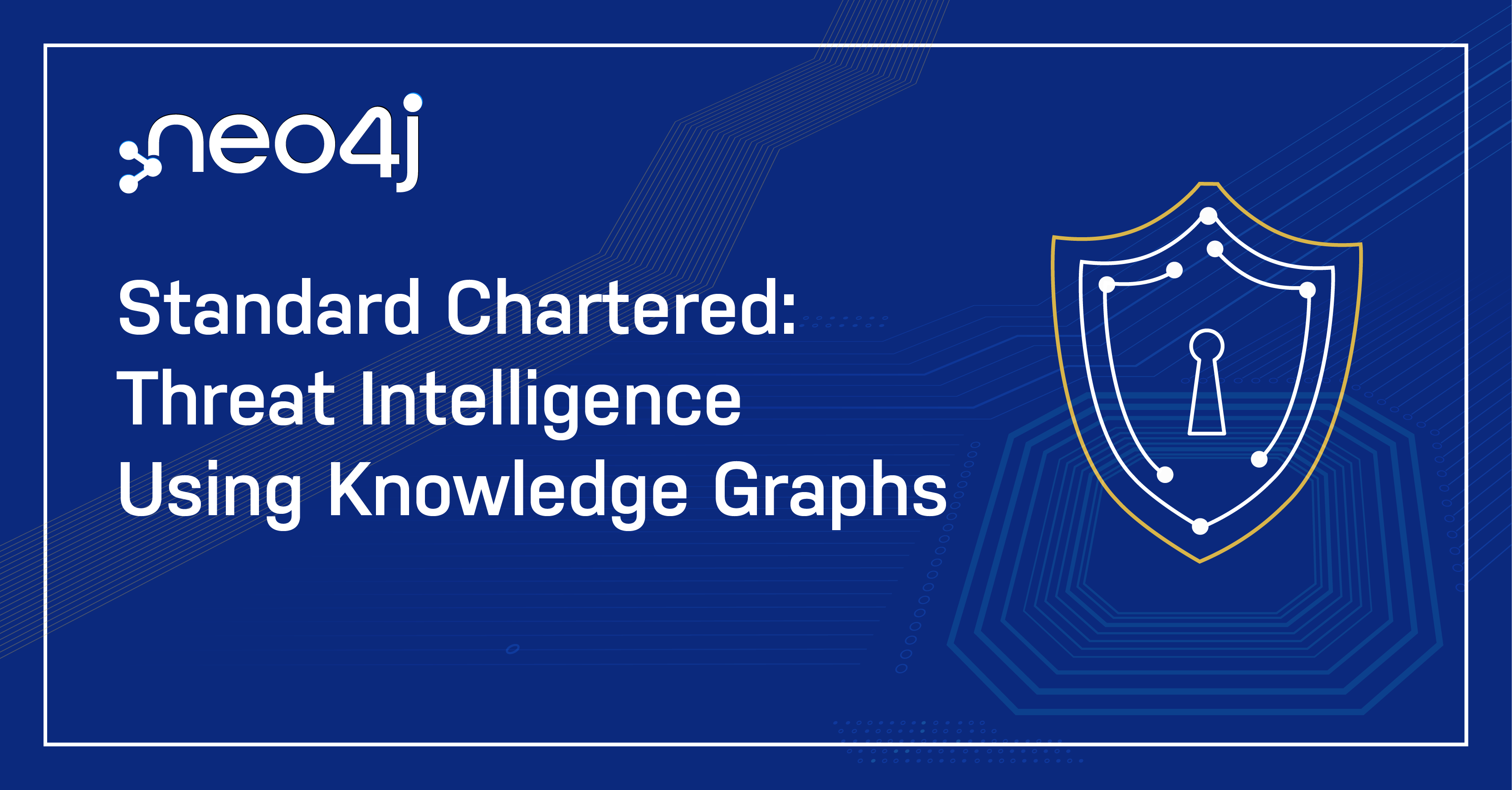How Gamesys Harnessed Neo4j for Competitive Advantage

Vice President, Product Marketing
4 min read

 Gamesys is the largest cash and social gaming operator in UK and Europe, created the world’s first cash gaming application on Facebook.
Gamesys is the largest cash and social gaming operator in UK and Europe, created the world’s first cash gaming application on Facebook.
With games like Jackpotjoy, Instant Slots and Here Be Monsters, the company features online bingo, slots and casino games. Combined, their web properties handle about 5 billion wagers (financial transactions) per year — more than the annual number of stock trades on the London Stock Exchange — and about 250,000 unique cash players per month.
Those transactions boil down to around 70,000 active players on any given day.
When the Gamesys team decided to build a new live-chat, social network around online bingo, they decided to use Neo4j for greatest competitive advantage.
In this series on sustainable competitive advantage, we’ll cover how graph databases give your enterprise an edge when it comes to insights from data relationships. In past weeks, we’ve discussed how graph databases ensure sustainable competitive advantage and different approaches to developing applications with connected data.
This week, we’ll take a closer look at how Gamesys used Neo4j for competitive advantage in the online gaming market.
The Business Value of Social Gaming Relationships
In the highly competitive online gaming market, acquiring new players is expensive, and players acquired by referral are cheaper to acquire and of higher value, so Gamesys wanted to incentivize existing members to refer their friends.
To tap into the business value of social referrals, the Gamesys team needed to capture the social relationships between players in a new and reliable way.
Reducing Churn, Increasing Engagement and Uncovering Fraud
Having a chat function in online bingo makes the experience “sticky” for gaming participants, helping Gamesys to reduce churn and maximize time on site, according to Toby O’Rourke, Head of Data Platform at Gamesys.
The Gamesys team realized that a graph database was essential for robust social capability because all of their data was already connected in relationships. They chose Neo4j as the leader in the space, and they found it easy to develop.
“You draw this data model up on the board, and you’ve got a player here, and he refers him, and there’s another one there and there,” O’Rourke explained. “So how are you going to code that? Well, you code it like you just drew it. We had our core stuff up and running in days, not weeks or maybe months.”
“There was great value for us in using a graph data store,” said O’Rourke. Eighteen months into the project, Neo4j is proving “really stable” and the mission-critical application has experienced no unplanned downtime.
Added bonus: The data relationship information even provides fraud detection and prevention because possible referral abuse is discovered.
Expanding the Role of Neo4j at Gamesys
With the success of their first Neo4j project, the Gamesys team realized they had experienced “the graph infection.”
They continued to innovate with their “Here Be Monsters” game on Facebook. This game features a complex economy with thousands of items, monsters, locations and traps.
As a result of this massive inventory, it is very difficult to understand the effect of small changes within that economy. For example, changing the scarcity of any given item can have wide-ranging effects, but it’s difficult to track and manage.
A graph data model gives the Gamesys team a way to model and calculate the value of each of these things.
In a traditional business model, the game team would input changes and then do loads of play testing to measure effects.
Instead of taking the traditional approach, the Gamesys social team took everything in the game (monsters, quests, resources, spells, traps and potions) and those became the nodes in Neo4j. The links between them became the relationships.
The team could then weigh inputs and produce accurate predictive reports to reduce the amount of play testing, giving them a competitive advantage over companies with a traditional testing approach.
With the measurable business value emerging from these two projects, the team of Gamesys engineers is looking for other types of problems they can solve with graph databases.
“That’s a really great place to be in,” O’Rourke explained. “It’s been very interesting to see how something we brought in for a very specific problem has slowly mushroomed and ballooned and become a cool technology in the company, and something that people want to work on.”
The sustainable competitive advantage series continues next week with a closer look at how the world’s largest retailer – Walmart – uses Neo4j for competitive advantage in real-time product recommendations.
Download this white paper, Sustainable Competitive Advantage: Creating Business Value through Data Relationships, and discover how your company can use graph database technology to leave your competition behind.
Catch up with the rest of the sustainable competitive advantage series:







